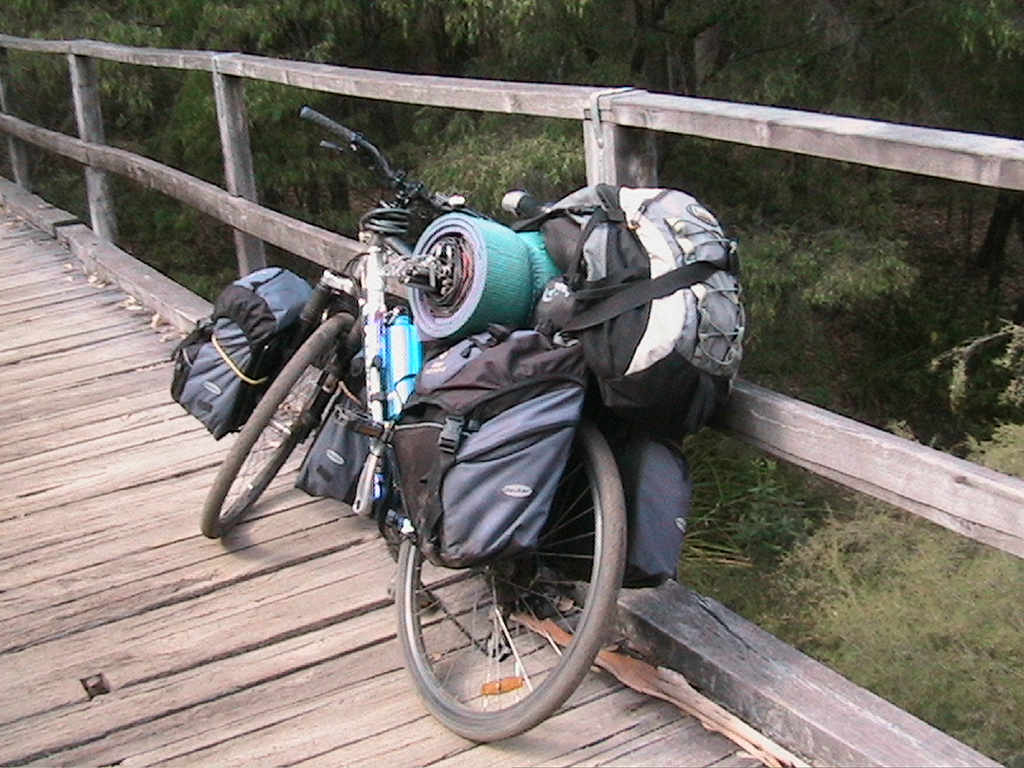Why is barefoot walking in supermarkets more prevalent in rural regions?
During my visit to Dubbo, NSW, I was surprised by the number of people walking barefoot from the parking lot to the supermarket—a distance of about 200 meters, including the asphalt parking area.
I rarely see this in the city (Sydney). What accounts for this difference?




Barefoot walking in supermarkets may be more common in rural areas like Dubbo for a few reasons:
Lifestyle and Culture: Rural communities often have a more relaxed and casual lifestyle. People may feel more comfortable and less judged walking barefoot, especially in a familiar environment. It’s part of a laid-back culture that values practicality over formality.
Connection to Nature: Many rural residents have a stronger connection to nature and may be more accustomed to being barefoot, whether at home or outdoors. This might carry over into their trips to local shops.
Less Risk of Injury: In rural areas, the threat of sharp, hazardous debris or heavily trafficked streets is often lower than in urban settings, making it less risky to walk barefoot.
Access and Environment: The environment itself can be more conducive to barefoot walking. Natural surfaces and well-maintained pathways might make it easier for people to feel comfortable going without shoes.
Socioeconomic Factors: In some rural areas, there might be fewer social pressures regarding attire and footwear, making it more acceptable for people to go barefoot to do their shopping.
In contrast, urban areas like Sydney tend to have higher foot traffic, a wider array of retail options, and a social norm that often values appearance and formality—leading to less barefoot walking.